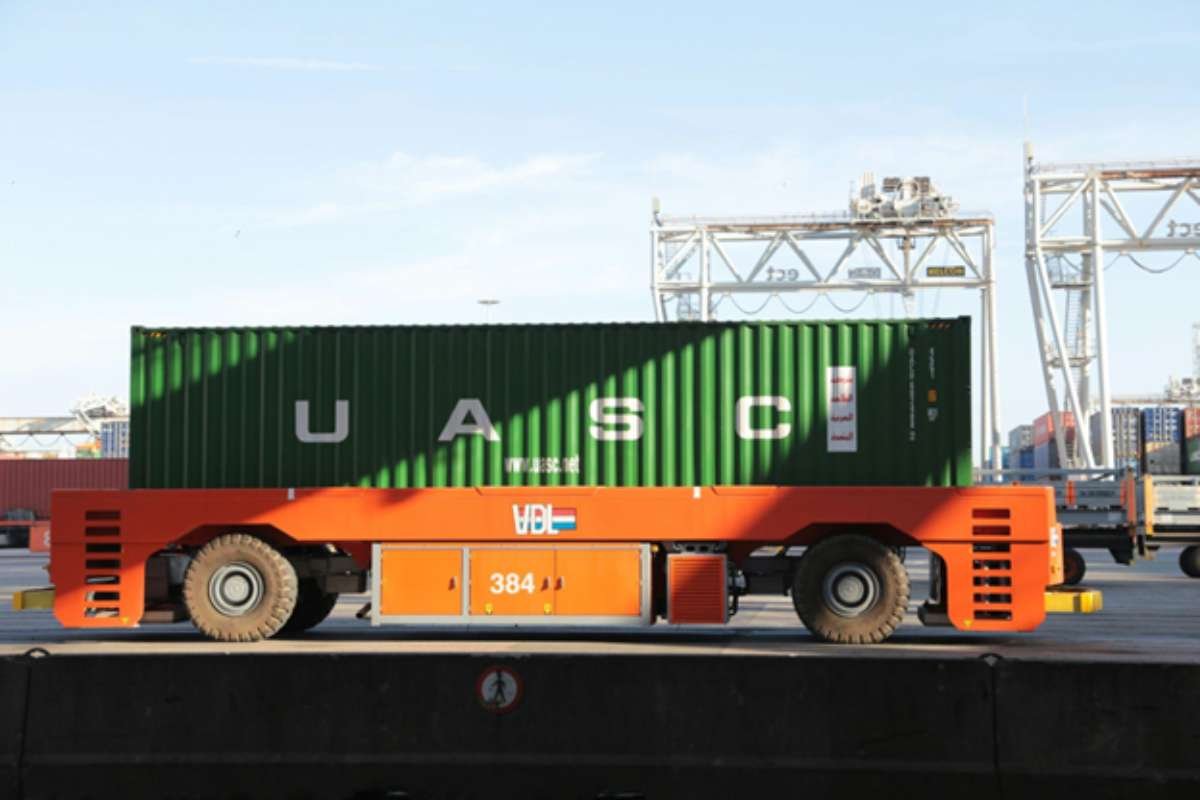In business, it’s not just about getting started; it’s about growing and thriving in your role. In this blog post, we’re diving deep into the significance of ongoing employee training, from the initial onboarding phase to continuous advancement within the organization.
Onboarding: Setting the Stage for Success
First impressions matter, right?
The Importance of Comprehensive Onboarding
- Cultural Immersion – Onboarding isn’t just about learning the ropes; it’s about immersing yourself in the company’s culture. Understanding the values, norms, and expectations sets the tone for your journey ahead.
- Role Clarity – Clarity breeds confidence. Clearly outlining roles and responsibilities during onboarding ensures that employees know what’s expected of them from day one.
- Building Connections – From HR orientations to team introductions, onboarding provides opportunities to build connections with colleagues, fostering a sense of belonging and camaraderie.
The Evolution of Training: Beyond the Basics

Once you’ve settled in, it’s time to level up! Ongoing employee training goes beyond the basics, offering continuous learning opportunities via online employee training software to enhance skills, knowledge, and performance.
Continuous Learning Culture
- Embracing Change – In today’s fast-paced world, adaptation is key. Ongoing employee training cultivates a culture of learning agility, empowering employees to embrace change and stay ahead of the curve.
- Skill Enhancement – From technical skills to soft skills, continuous training offers avenues for skill development and refinement, enabling employees to excel in their roles and beyond.
- Career Development – Investing in employee development isn’t just about the present; it’s about paving the way for future growth. Ongoing training opens doors for career advancement, equipping employees with the tools they need to progress within the organization.
Unlocking Potential: Benefits of ongoing employee training
So, why invest in ongoing employee training? Let’s explore the myriad benefits it brings to the table.
1. Enhanced Performance and Productivity
- Sharper Skills – Continuous learning keeps skills sharp and up-to-date, enhancing employee performance and productivity.
- Innovation Catalyst – Training fosters creativity and innovation, empowering employees to think outside the box and contribute fresh ideas to the organization.
- Quality Improvement – Well-trained employees are better equipped to deliver quality work, ultimately leading to improved products, services, and customer satisfaction.
2. Employee Engagement and Retention
- Sense of Value – Investing in employee development sends a clear message: you matter. This sense of value fosters higher levels of engagement and commitment.
- Retention Booster – Engaged employees are more likely to stick around. Ongoing employee training not only enhances job satisfaction but also boosts employee retention rates, saving time and resources on recruitment and onboarding.
3. Competitive Edge
- Adaptability – Organizations that prioritize ongoing training are better equipped to adapt to industry changes and market demands, gaining a competitive edge in the process.
- Talent Magnet – A reputation for investing in employee development attracts top talent, positioning the organization as an employer of choice in the job market.
Implementing Effective Training Programs:

Now that we’ve established the importance of ongoing employee training, how do we ensure its effectiveness? Here are some key strategies to consider:
1. Needs Assessment
- Identify Gaps – Conduct a thorough needs assessment to identify skill gaps and learning priorities within the organization.
- Tailored Solutions – Customize training programs to address specific needs, ensuring relevance and applicability to employees’ roles and responsibilities.
2. Variety of Learning Methods
- Mix It Up – Embrace a variety of learning methods, including workshops, seminars, online courses, and hands-on experiences, to accommodate different learning styles and preferences.
- Microlearning – Break down training content into bite-sized chunks for easy digestion and retention, catering to busy schedules and short attention spans.
3. Feedback and Evaluation
- Continuous Feedback – Solicit feedback from employees throughout the training process to gauge effectiveness and make necessary adjustments.
- Measure Impact – Implement evaluation metrics to measure the impact of training on employee performance, productivity, and satisfaction.
Empowering Growth and Success

From the moment you step through the door to every milestone along the way, ongoing employee training plays a pivotal role in shaping your journey within the organization!
Frequently Asked Questions
Q: How long should the onboarding process last?
While the duration of onboarding can vary depending on the organization and the complexity of the role, a comprehensive onboarding process typically lasts anywhere from a few days to a few weeks. The goal is to ensure that new employees feel fully integrated and equipped to succeed in their roles.
Q: What if employees are resistant to ongoing training?
Resistance to training can stem from various factors, including perceived lack of time or relevance. It’s essential to communicate the benefits of ongoing training, tailor programs to employees’ needs and interests, and provide incentives or recognition for participation. Additionally, fostering a culture that values learning and development can help mitigate resistance over time.






